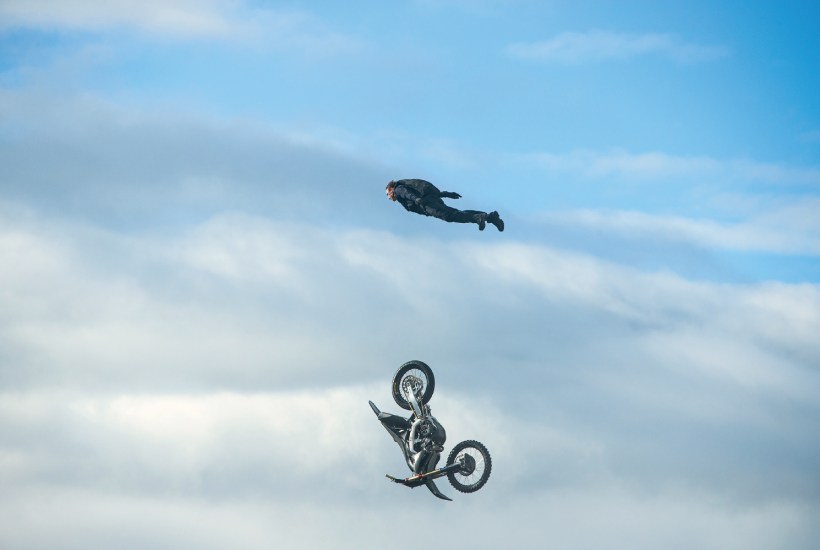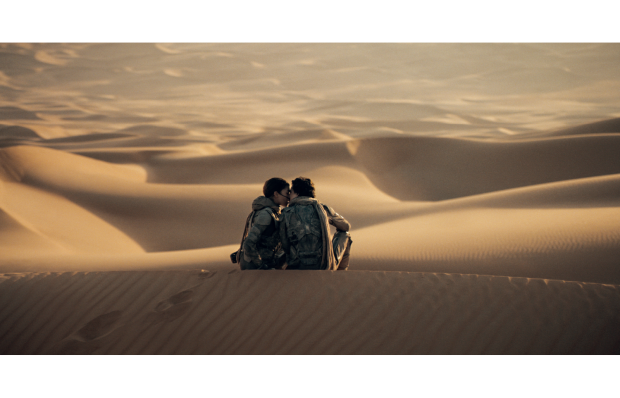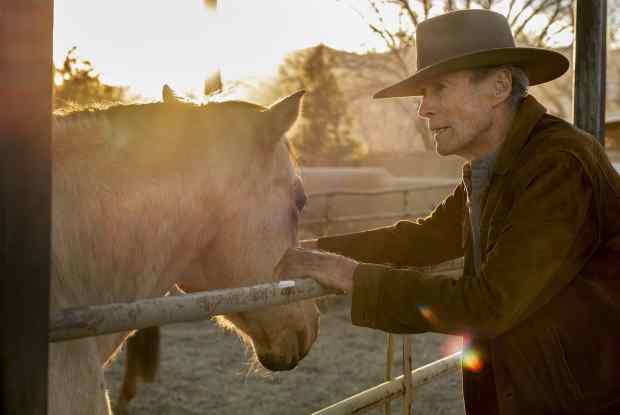Blockbuster action movies are designed to stun the audience into submissive acceptance. Complexity, humanity, emotion and beauty are reduced to a few flickering lights in the swirling darkness of death and destruction. This is not a criticism. Great art has sometimes been like that and Mission: Impossible – Dead Reckoning Part One is certainly art, though perhaps not great. Anyway, I, for one, was stunned.
For context, this is the seventh Mission: Impossible movie. The first was in 1996 so the hero Tom Cruise, aka Ethan Hunt, is now in his sixties. The fact that he is still alive, in spite of several thousand increasingly exotic attempts to kill him, suggests the franchise should be renamed – perhaps Mission Actually Quite Probable.
He had to survive this one because, as the title suggests, it is only half a film. It has been shot concurrently with Part Two, which will be released next year. Both will do well; the first six films cost a total of $828 million to make and grossed $3.6 billion. These sums suggest they have gone a long way to saving a deeply troubled film industry.
From the beginning they have been made by masters of the action art – J.J.Abrams, Brian De Palma – and now Christopher McQuarrie has become resident director, writer and producer.
He has brilliantly refined and intensified the entire action genre. It’s the same old things but even longer and louder. His car chase in Rome – action movies tend to be tourism-centred – is exemplary, not least because the world’s favourite sexagenarian demonstrates his ability to drive a Fiat 500 at high speed while handcuffed to his passenger and then change places while still handcuffed to the alarmed lady. The lovely old Cinquecento is, sadly, seriously damaged.
Then there is the less violent but far more eerie sequence in which a Russian submarine is destroyed and the dead sailors drift silently upwards only to bump into the ice above. Or we can dwell on Tom’s elegant flight on his motorbike off a mountain top in Austria. Finally, the train crash is so astounding, so intricately choreographed, that to give away the slightest detail would amount to a spoiler.
These sequences are utterly engrossing. Also the sheer wonder of what is being done is funny. The expressions on the face of our own masterly comic actor Simon Pegg, playing Tom’s sidekick Benji Dunn, make it clear that the technical and gymnastic competence of the hero provokes not just a gasp, but also a guffaw.
So brilliantly immersive is all this that it would be perfectly possible – especially for a Mission novice like me – to leave the cinema with a satisfied grin without understanding a word of the plot. But it is necessary to try, if only to make us care about the fate of the characters and to understand what Tom is so upset about.
In this case the plot is based on artificial intelligence, the apocalypse du jour. The mission – should we choose to accept it – is the retrieval of two keys that lock together to form a single key which will unlock something revealed in Part Two. Judging by the last shot in the Russian sub, that something is probably The Entity, an AI which, if unleashed, will destroy the world.
Cruise is morally driven by the reasonable view that destroying the world would be a bad thing, but also, more subtly, by the issue of how many of his team must complete the mission. In other words he is playing the generic hero character but nobody does this better than Cruise.
I am now tempted to watch all the M:I films in the hope of understanding the jokes in this one and, of course, I am gagging for Part Two in which poor Tom is rumoured to die.
Got something to add? Join the discussion and comment below.
Get 10 issues for just $10
Subscribe to The Spectator Australia today for the next 10 magazine issues, plus full online access, for just $10.
You might disagree with half of it, but you’ll enjoy reading all of it. Try your first month for free, then just $2 a week for the remainder of your first year.














Comments
Don't miss out
Join the conversation with other Spectator Australia readers. Subscribe to leave a comment.
SUBSCRIBEAlready a subscriber? Log in